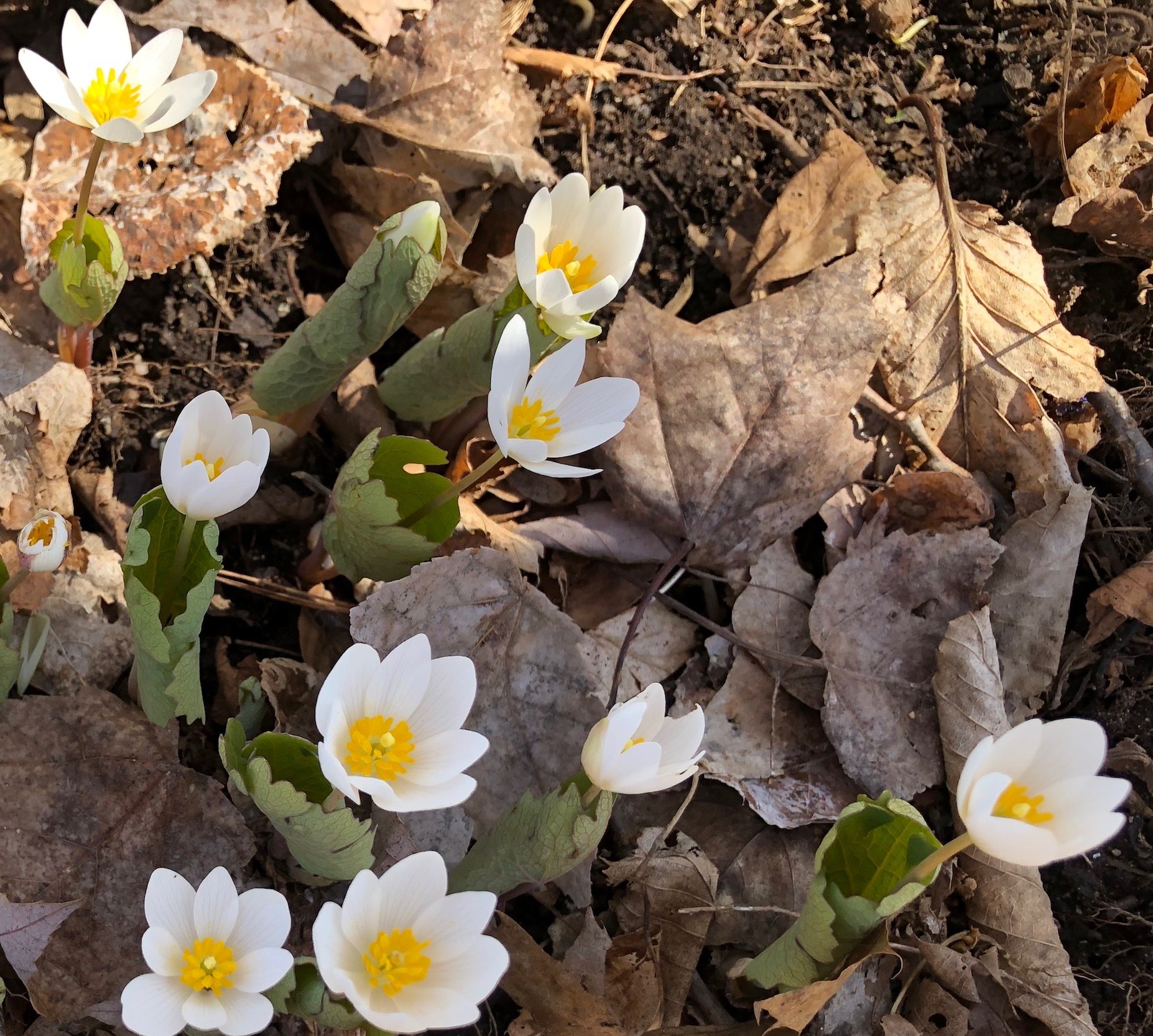
Nova Scotians love talking about the weather and this winter has given us plenty to talk about. The big question being discussed by farmers and gardeners alike is how plants have weathered this year’s extreme weather and rapid temperature shifts. Plants indigenous to this region are accustomed to a certain amount of temperature fluctuation as Nova Scotia is a small coastal region that has long seen shifting weather patterns. However, these fluxes are becoming more rapid with less consistent snow coverage which is hard on plants. The snow provides a wonderful insulating layer that helps protect plants from freezing.
A simple way that gardeners can help plants be more resilient to our shifting climate is to ensure that we don’t clean up our gardens too early. Gardeners have been dreaming of getting our hands back into the earth all winter long and are jumping at the bit to get back out there as we near the spring equinox. It is important however that we continue to practice patience and don’t get out too early and do our garden ecosystems more damage than good. It’s tempting as the days get longer and the air starts to warm to cutback perennials and rake up leaves. However, we should hold off until temperatures are consistently above 10 degrees Celsius. Disturbing our gardens when the nights and occasional days are still cold is a harmful practice for plants as well as all of the beneficial insects overwintering in our gardens and yards.
In the interest of discovering just how cold it was for overwintering beings this winter, Acadia University Assistant Professor of Biology Dr. Laura Ferguson placed temperature data loggers in the Harriet Irving Botanical Gardens before a weekend of extreme cold conditions in February. She placed a logger beneath the leaf litter and snow and one just above in a tree. She discovered that when air temperatures dropped to -25C the lowest temperature recorded below was only -6.5C. Dr. Ferguson verified that it’s going to be more important than ever this year to leave the leaves as long as we can. “Leaving that cover might be especially important this year where we’ve had such mild conditions overall. Some of our insects and other inverts may start to deacclimate to winter condition early on and then will rely heavily on that cover as a behavioural defence against the cold spells that we’re sure to get the rest of the winter and into the spring.”
So, if you want your plants to stay healthy and your garden to be visited by ladybugs, birds, butterflies, fireflies and other friends please resist the temptation to disturb the soil until we’ve had a few good weeks of consistent warm weather. Please let your garden rest a little longer and know that you are doing your part to protect biodiversity by waiting for true spring to arrive before you get your hands dirty.


 Acadia University
Acadia University